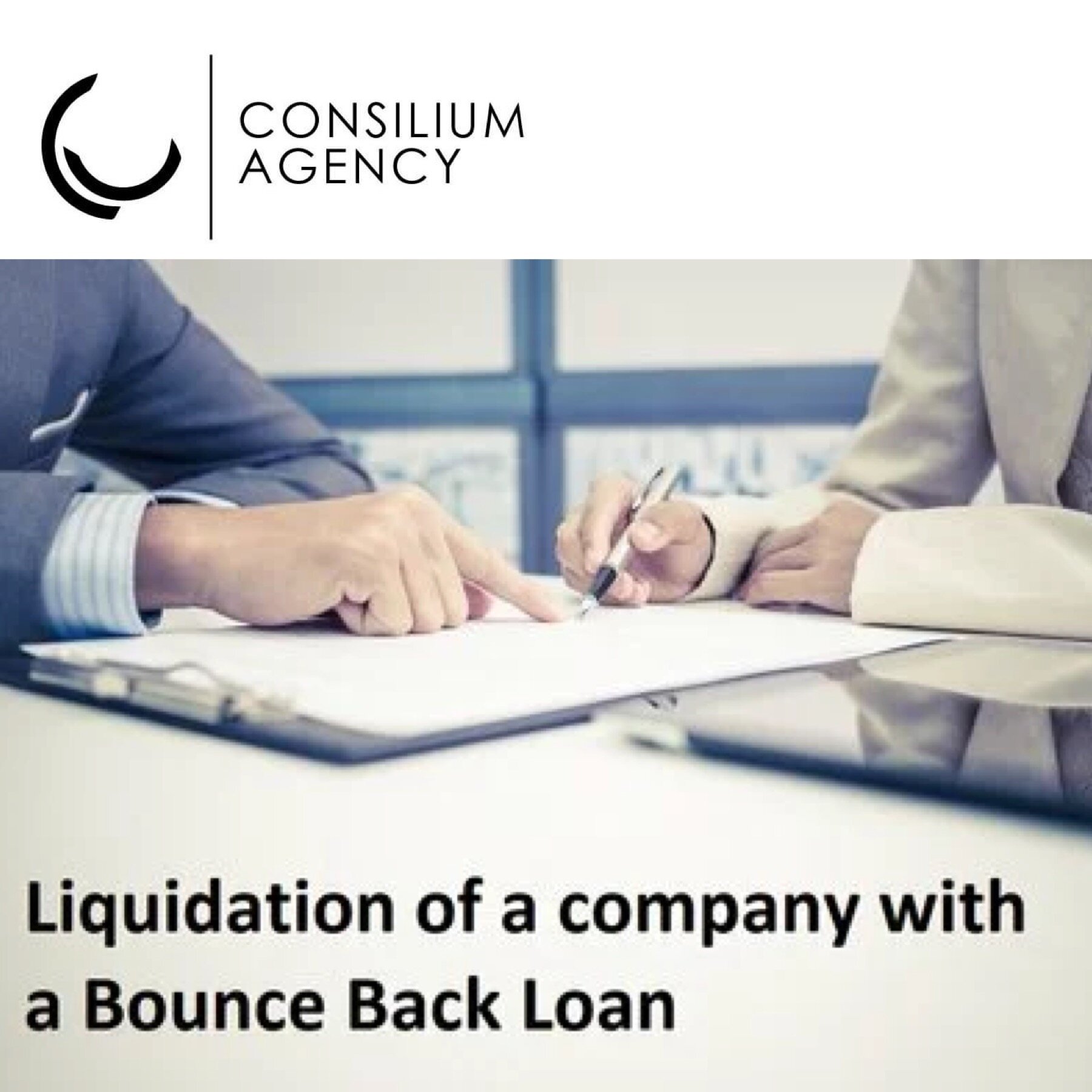How do i liquidate my company with a bounce back loan?
How do I liquidate my company? Can I liquidate my own company?
Regardless of whether you are liquidating a solvent company through an MVL, or using a CVL to close an insolvent business, the process can only be entered into under the guidance of a licensed insolvency practitioner. Although both MVLs and CVLs are director-initiated processes, meaning you are the one who is taking the decision to place your company into liquidation, you are unable to liquidate your limited company yourself.If you have decided to explore the liquidation of your business, your first step is to seek advice from a licensed insolvency practitioner.
We will talk you through your options and ensure liquidation is appropriate for your company’s situation and future outlook. If it is deemed that liquidation is the best solution, the appointed insolvency practitioner will handle the whole process on your behalf, including dealing with outstanding creditors and ensuring the company is wound down in an orderly manner.What happens when I liquidate my company?When an insolvent company is liquidated, all its assets are identified and valued before being sold – or liquidated – by the appointed insolvency practitioner.
These proceeds are then used to repay creditors as far as possible. The order creditors will be paid depends on the class they fall into. Secured creditors will be first in line, while unsecured creditors will only receive payment once those higher up the chain have been paid.As the company is insolvent, however, this means there will be a shortfall between the amount realised and the debts the company has.
This means some creditors will be left out of pocket and their debt will remain unpaid.As a limited company is classed as a separate legal entity to its directors, any debt accrued by the company belongs to the company rather than the directors. In the instance of an insolvent company entering into a CVL, any debt remaining at the end of the process will be wiped out and responsibility for paying this will not be passed onto the directors or shareholders.
The exception to this is if directors have provided a personal guarantee (PG) for the borrowing. If a PG has been given then this will crystallise at the point of liquidation, and responsibility for paying the debt will pass to the director who provided the guarantee.What happens after I have liquidated my company?
Once a company has been liquidated it will be removed from the register of companies held at Companies House. The company will cease to exist as a legal entity. As long as the appointed insolvency practitioner does not have any concerns regarding the conduct of the company’s directors in the time leading up to it becoming insolvent, they will not face any penalty or further action regarding the company’s liquidation. Directors will also not be held liable for any outstanding company debt, unless it has been secured with a personal guarantee.Following the liquidation of their company, directors are allowed to set up another company providing they have not been subject to a disqualification order. If you are planning on incorporating a new limited company after the CVL process has completed, you should seek the advice of your insolvency practitioner beforehand, particularly if you are planning to continue operating within the same industry.
Rules around so-called ‘phoenix companies’ are complex; seeking expert advice can ensure you stay within the rules, protecting yourself, your creditors, and your company.Do I have to pay to liquidate my company? What if I can’t afford this?As a formal liquidation process, such as a CVL, requires the input of a licensed insolvency practitioner, you must be prepared to cover these professional fees. In many cases, these costs will be covered by the sale of company assets which will form part of the liquidation process.If the company doesn’t have any assets, however, you may need to consider paying the fees using your personal finances.
Depending on how you have been paying yourself through your business, you may be entitled to a redundancy claim once the company enters an insolvent liquidation procedure. Redundancy for directors works much in the same way as redundancy for employees; this is because, as well as being a director of your company, you may also be classed as an employee.
If you have been taking a regular salary through PAYE, and have worked for the company for at least two years, there is a good chance you will have an eligible entitlement to redundancy. With the average director redundancy claim standing at £9,000, this sum of money could be extremely useful when you have made the difficult decision to liquidate your company.How UK Liquidators can helpIf you are considering placing your limited company into liquidation, it is vital you seek the advice of an insolvency expert. At UK Liquidators we have a team of licensed insolvency practitioners located in offices across the length and breadth of the country.
We can help you understand your options for closing your company, whether it is in financial difficulty or not, and suggest whether liquidation could be an appropriate solution for you. Call our team today for immediate help and advice from an insolvency expert.


